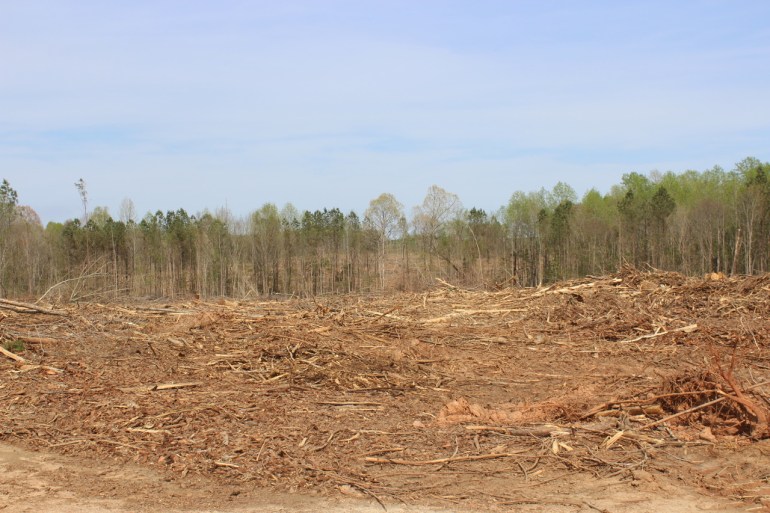How Europe’s biomass appetite is harming the US south
To meet their climate goals, EU countries are relying on a controversial ‘renewable’ energy source.
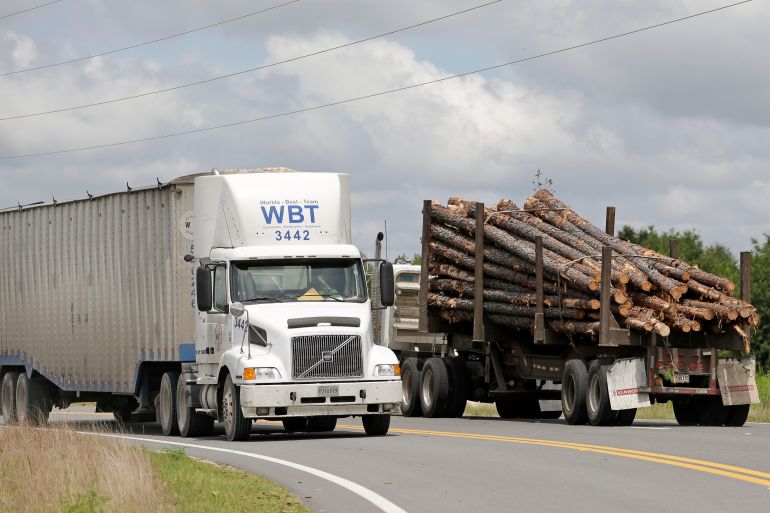
Garysburg, United States – Silverleen Alston recalls when nothing but brooding groves of sweetgums, oaks and cypress trees surrounded her family home in the small town of Garysburg, in North Carolina’s Northampton County.
But those trees are long gone, replaced by rows of fast-growing pines that help feed the hulking wood mill standing less than a half-mile (800 metres) from her back yard.
Keep reading
list of 3 itemsBiden restores stricter environmental review after Trump rollback
Earth Day: Jordan farmers frustrated over shrinking Dead Sea
At the plant, owned by Maryland-based Enviva, trees are dried and pressed into small, uniform pellets. The facility is one of four the company runs in the state, and it is part of a booming industry in the country’s southeast, where a dozen companies churn out more than 10 million tonnes of wood pellets a year.
Much of this output is exported to Europe and burned for energy that counts towards green goals.
In 2009, the European Union committed to obtaining 20 percent of its energy needs from renewable sources by 2020 – and burning wood for fuel was considered a zero-emissions renewable source.
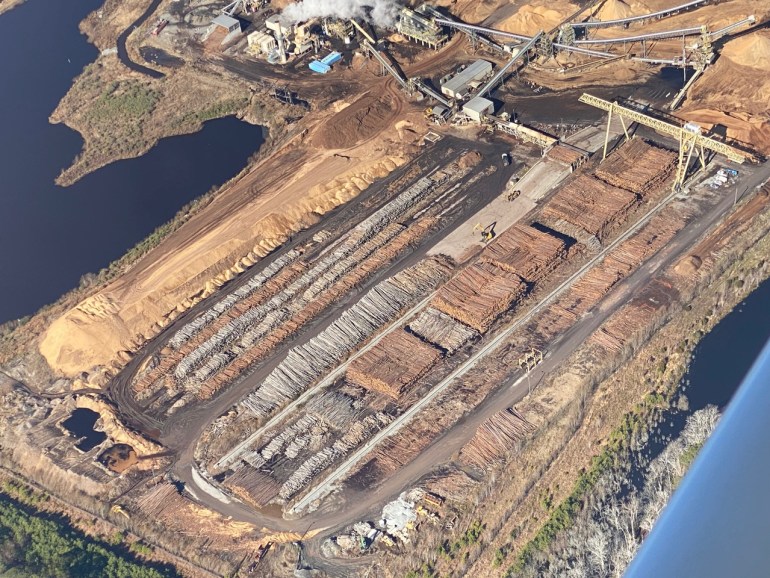
The idea was that since forests can be replanted, the carbon dioxide released during logging, shipping and burning can be reabsorbed by the new trees as they grow.
Encouraged by government subsidies, energy providers in countries like the United Kingdom, the Netherlands and Belgium built new infrastructure or retrofitted their coal-fired plants to burn wood pellets.
Today, biomass energy provides nearly 60 percent of the EU’s renewable power generation capacity, a share projected to grow further as the bloc aims for ambitious clean energy targets.
But while politicians on both sides have heaped praise on biomass companies for creating much-needed rural jobs and boosting local logging and trucking businesses, residents like Alston argue that their growing presence has only made life worse.
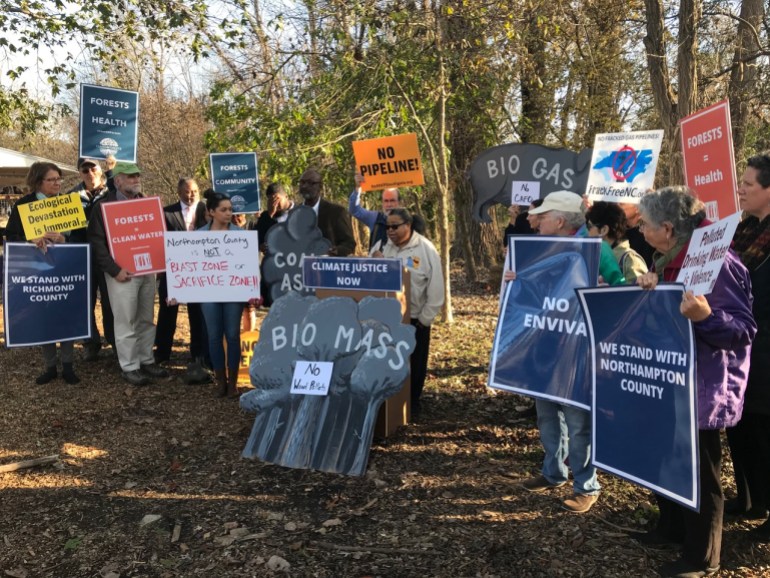
The 63-year-old said there was an unpleasant odour in the air and the trucks going up and down the highway made constant noise. The buzz of sawmills and other machinery is incessant, even at night.
“I can’t remember the last time I slept for more than three hours in a row,” said Alston.
For lifelong resident Belinda Joyner, the main concern is pollution.
“We used to have cookouts in the back yard every weekend and kids could play on the lawn,” said the 69-year-old. “We can’t do that any more because of the stuff that’s coming out from the plant. It’s not safe.”
Turning tree trunks into wood pellets releases thousands of tonnes of fine particulate matter, carbon monoxide, nitrogen oxides, and other noxious chemical compounds linked with a range of illnesses, from respiratory and heart disease to cancer.
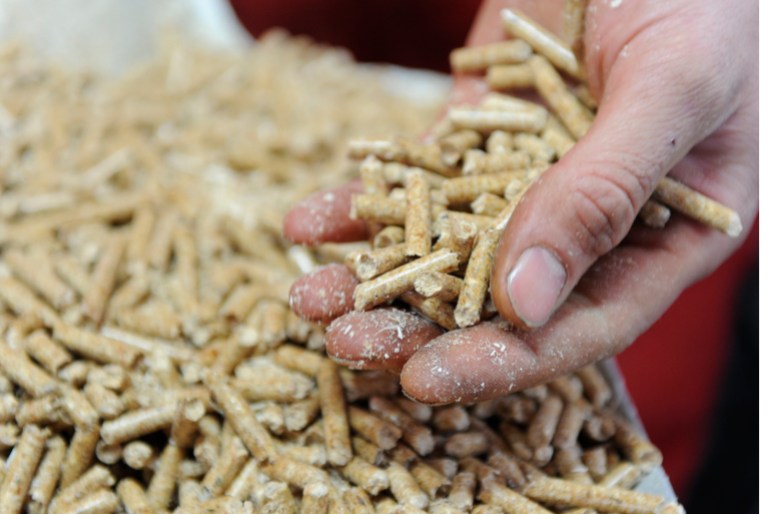
Rita Frost, campaigns director for the forest-protection advocacy nonprofit Dogwood Alliance, said these pollutants put a further burden on the health of people already experiencing negative impacts from living next to significant pollution sources.
According to a 2018 study, all pellet mills in North Carolina are located in predominantly minority, low-income communities already burdened by toxic industries. Across the region, these facilities are 50 percent more likely to be located in low-wealth communities of colour.
Northampton County, which is 57 percent Black and one of the poorest counties in the state, already had three plants emitting large amounts of air pollutants before Enviva opened its factory in 2013. Three more such facilities can be found within 3.2km (two miles) of the southern border of the county.
A 2018 health assessment by the county health department found that more than 60 percent of the population in Northampton County suffer from high blood pressure, nearly 11 percent of residents had heart disease, and more than one in 10 adults in the county had asthma.
Alston lives these statistics. One of her sisters sleeps on a ventilator, and her aunt suffers from chronic obstructive pulmonary disease. She, her mother, and another sister all suffer from respiratory issues, which she said became worse after Enviva’s arrival.
In an emailed statement to Al Jazeera, Enviva said the company’s plants are in compliance with air quality regulations and even exceed regulation standards in controlling air pollution.
Yet a 2018 report by the Environmental Integrity Project found that more than half the 21 pellet facilities operating in the region, including Enviva’s Northampton mill, “either failed to keep emissions below legal limits or failed to install required pollution controls”.
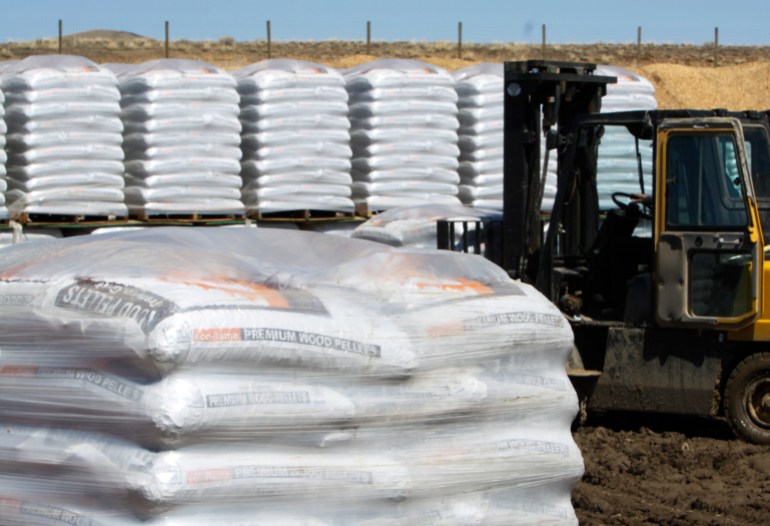
Biomass is contentious not just locally for the adverse impacts on those who live near wood pellet plants, but also globally for the unusual way its carbon emissions are tallied.
Under global accounting rules, emissions from burning wood are calculated where the trees are harvested, not where the material is burned.
That means countries can avoid counting emissions from their wood-fired plants while reporting the coal displaced as a greenhouse gas reduction.
Critics also point to evidence suggesting that timber trees are not as effective as native forests at storing carbon, and it can take many decades to fully grow and accumulate as much carbon as mature ones.
A Chatham House report argues wood pellets can be even dirtier than coal.
But even these findings have not stopped the industry from pursuing growth.
At least eight new pellet mills have been proposed throughout the southeastern US. Companies are also looking to expand existing facilities – including the Northampton mill.
Joyner, who has been fighting against the expansion of polluting industry in her community for decades, feels disrespected.
“It’s like they have decided we are expendable because we are Black and poor and our lives are worth less than those of white folks,” she said. “We’re just tired of being dumped on for the sake of profit, that’s not fair.”
